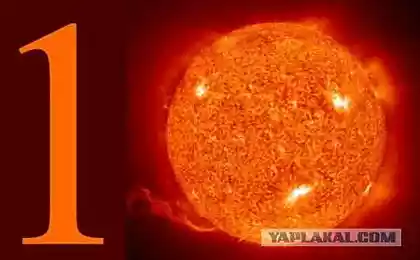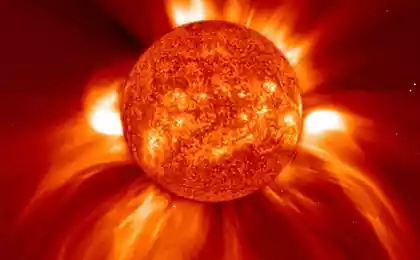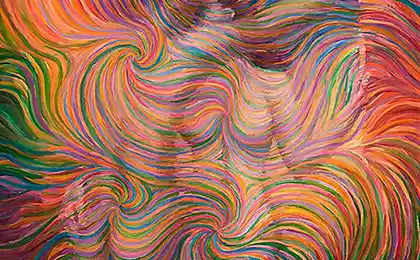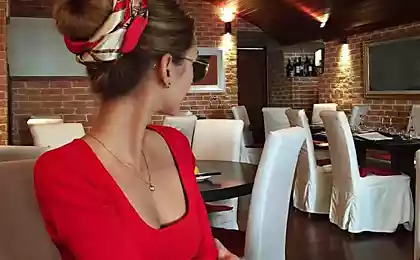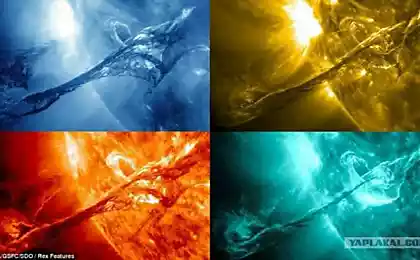639
Created threads, which produce and store energy from the sun
Samozashnurovyvayuschihsya sneakers Marty McFly from "Back to the future 2" was inspired by the scientist of Central Florida (UCF) for the invention of threads, which can produce energy from the sun and store it, and can also be woven into textile fabric.
The present invention can transform jackets, coats or other clothing in rechargeable sun batteries that don't need plugging in. One day it may become a revolution in the world of wearable electronics, which would work for everyone, from soldiers, carry a heavy battery, to teenagers, who do not see their existence without digital technologies, which could charge your mobile just by putting it in his pocket.
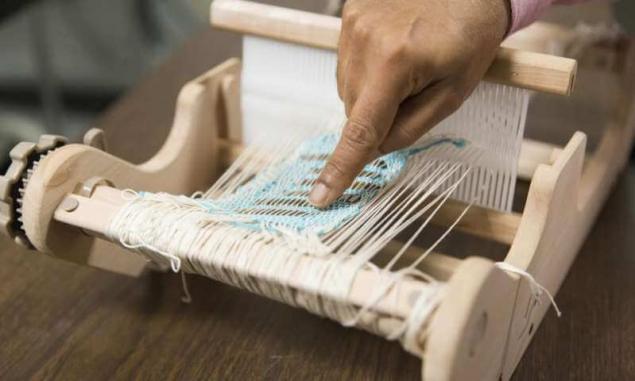
"This film was the motivation," says Jayan Thomas (Jayan Thomas), associate Professor, Centre Nanotechnology the University of Central Florida (University of Central Florida's NanoScience Technology Center) on the 1989 movie. "If you can develop samsarajade clothing or textiles, you will be able to implement these cinematic imagination and is really cool" (it probably goes with the jacket Marty, which was fitted in size and could dry himself in just a few seconds. By the way, the Kickstarter project was the jacket-sumowski, powered by a rechargeable battery, which is enough for 30 minutes of operation of the dryer is approx. translator)
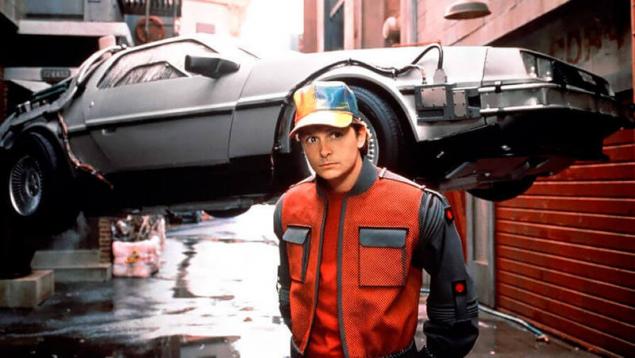
The research scientist was published November 11, 2016 in the academic journal Nature Communications.
Thomas and the previously noted awards. Last year he received R&D 100 Award – an award that is given to the most prominent world inventors for the year – for the development of the cable that can not only transmit energy, but to store it as a battery. He also works on semi-transparent solar panels that can be used for the manufacture of Windows which can generate electricity. His new work is based on these two studies.
"I came up with this idea: In the laboratory we create devices for energy storage and solar panels. Why not combine these devices?" says Thomas. Conducting joint appointment in College of optics and Photonics and the Department of Materials science and Engineering, it is intended to do just that.
He then introduced a technology that would help to implement wearable technology. His research team has developed a filament in the form of a thin, flexible and light copper ribbons, which on one side have a solar cell, on the other – accumulating layer.
And although modern nanotechnology more advanced, Thomas and his team bought a small table loom and after another scientist UCF taught them how to use it, they wove the ribbons in the box of yarn.
This concept proved that such threads can be laced jackets or any other outerwear for the collection and storage of the electricity needed for charging phones, personal medical sensors and other technological devices. This achievement, which overcomes the main drawback of solar – produced energy must either enter the network or be accumulated in the battery, which limits the portability of such a system.
"The main consumer of this technology would be military," the scientist said. "When You imagine our soldiers in Iraq or Afghanistan, can you imagine that they are in the heat under the sun. Some of them are more than 13 pounds of batteries. The military is very difficult to deliver the batteries to soldiers in such a hostile environment, and this garment might at the same time, and to produce and store energy, if you have access to sunlight".
There are also many other applications of this technology such as electric vehicles which could simultaneously produce and store electricity while in the sun. "This is the future says Thomas. What we did, suggests that it is possible to do. Our technology will be useful, as the military and the rest of the population". published
P. S. And remember, only by changing their consumption — together we change the world! ©
Source: geektimes.ru/post/282652/
The present invention can transform jackets, coats or other clothing in rechargeable sun batteries that don't need plugging in. One day it may become a revolution in the world of wearable electronics, which would work for everyone, from soldiers, carry a heavy battery, to teenagers, who do not see their existence without digital technologies, which could charge your mobile just by putting it in his pocket.

"This film was the motivation," says Jayan Thomas (Jayan Thomas), associate Professor, Centre Nanotechnology the University of Central Florida (University of Central Florida's NanoScience Technology Center) on the 1989 movie. "If you can develop samsarajade clothing or textiles, you will be able to implement these cinematic imagination and is really cool" (it probably goes with the jacket Marty, which was fitted in size and could dry himself in just a few seconds. By the way, the Kickstarter project was the jacket-sumowski, powered by a rechargeable battery, which is enough for 30 minutes of operation of the dryer is approx. translator)

The research scientist was published November 11, 2016 in the academic journal Nature Communications.
Thomas and the previously noted awards. Last year he received R&D 100 Award – an award that is given to the most prominent world inventors for the year – for the development of the cable that can not only transmit energy, but to store it as a battery. He also works on semi-transparent solar panels that can be used for the manufacture of Windows which can generate electricity. His new work is based on these two studies.
"I came up with this idea: In the laboratory we create devices for energy storage and solar panels. Why not combine these devices?" says Thomas. Conducting joint appointment in College of optics and Photonics and the Department of Materials science and Engineering, it is intended to do just that.
He then introduced a technology that would help to implement wearable technology. His research team has developed a filament in the form of a thin, flexible and light copper ribbons, which on one side have a solar cell, on the other – accumulating layer.
And although modern nanotechnology more advanced, Thomas and his team bought a small table loom and after another scientist UCF taught them how to use it, they wove the ribbons in the box of yarn.
This concept proved that such threads can be laced jackets or any other outerwear for the collection and storage of the electricity needed for charging phones, personal medical sensors and other technological devices. This achievement, which overcomes the main drawback of solar – produced energy must either enter the network or be accumulated in the battery, which limits the portability of such a system.
"The main consumer of this technology would be military," the scientist said. "When You imagine our soldiers in Iraq or Afghanistan, can you imagine that they are in the heat under the sun. Some of them are more than 13 pounds of batteries. The military is very difficult to deliver the batteries to soldiers in such a hostile environment, and this garment might at the same time, and to produce and store energy, if you have access to sunlight".
There are also many other applications of this technology such as electric vehicles which could simultaneously produce and store electricity while in the sun. "This is the future says Thomas. What we did, suggests that it is possible to do. Our technology will be useful, as the military and the rest of the population". published
P. S. And remember, only by changing their consumption — together we change the world! ©
Source: geektimes.ru/post/282652/
